What is it?
Sound synthesis through Frequency Modulation (FM) allows to obtain unique sounds that defined a whole musical generation during the 80's and 90's The model Genesis uses the YM2612 (or YM3438) yamaha chip that was used in the SEGA Genesis / Megadrive home console.
Why did you make it?
This synthesizer is the perfect mix for lovers of retro video games, and makers who want to introduce themselves in the musical experimentation.
What makes it special?
The YM2612 has six channels with four operators per channel. The operators can interact according to eight different algorithms. Attack-Decay-Sustain-Release (ADSR) envelopes, frequencies and low frequency oscillators (LFOs) can be modified to obtain the whole range of FM sounds.
The YM2612 chip has a peculiar form of crossover distortion in the output, which has become known as the "ladder effect" among fans. The YM3438 is a modified CMOS version of the YM2612 with a louder sound output and no "ladder effect". The DAFM Synth can be purchased with the YM2612 or the YM3438 chip. Nostalgic retrogamers would choose the YM2612 chip. The YM3438 would be the first choice for the FM-synthesis lovers.
The synthesizer is operated through 2 rotary encoders and has a complete menu that is shown in 4 blue OLED displays. Thanks to the beautiful tactile keyboard of 12 notes you can try the different patches as they are created. There is also the possibility of changing the octave and thus test the full sound spectrum of the Yamaha chip. Once created, the presets can be saved in the RAM memory or in a SD card as DMP files that can be opened with VGM trackers like Deflemask.
The stereo sound output is 3.5 mm audio jack, has a MIDI input to connect a keyboard, sequencer or any MIDI instrument and can be powered with a USB type B cable (5V).
 KASSER SYNTHS
KASSER SYNTHS
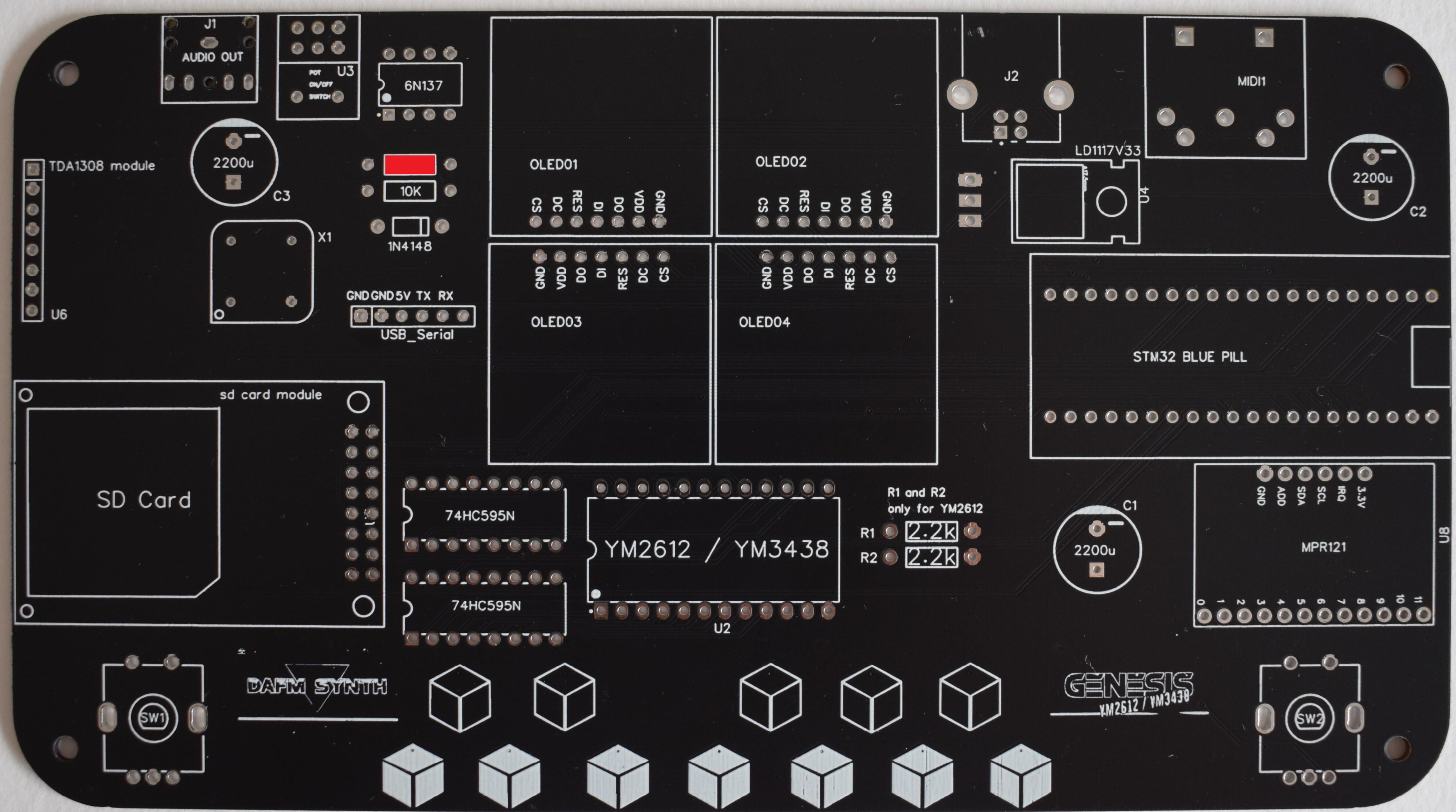
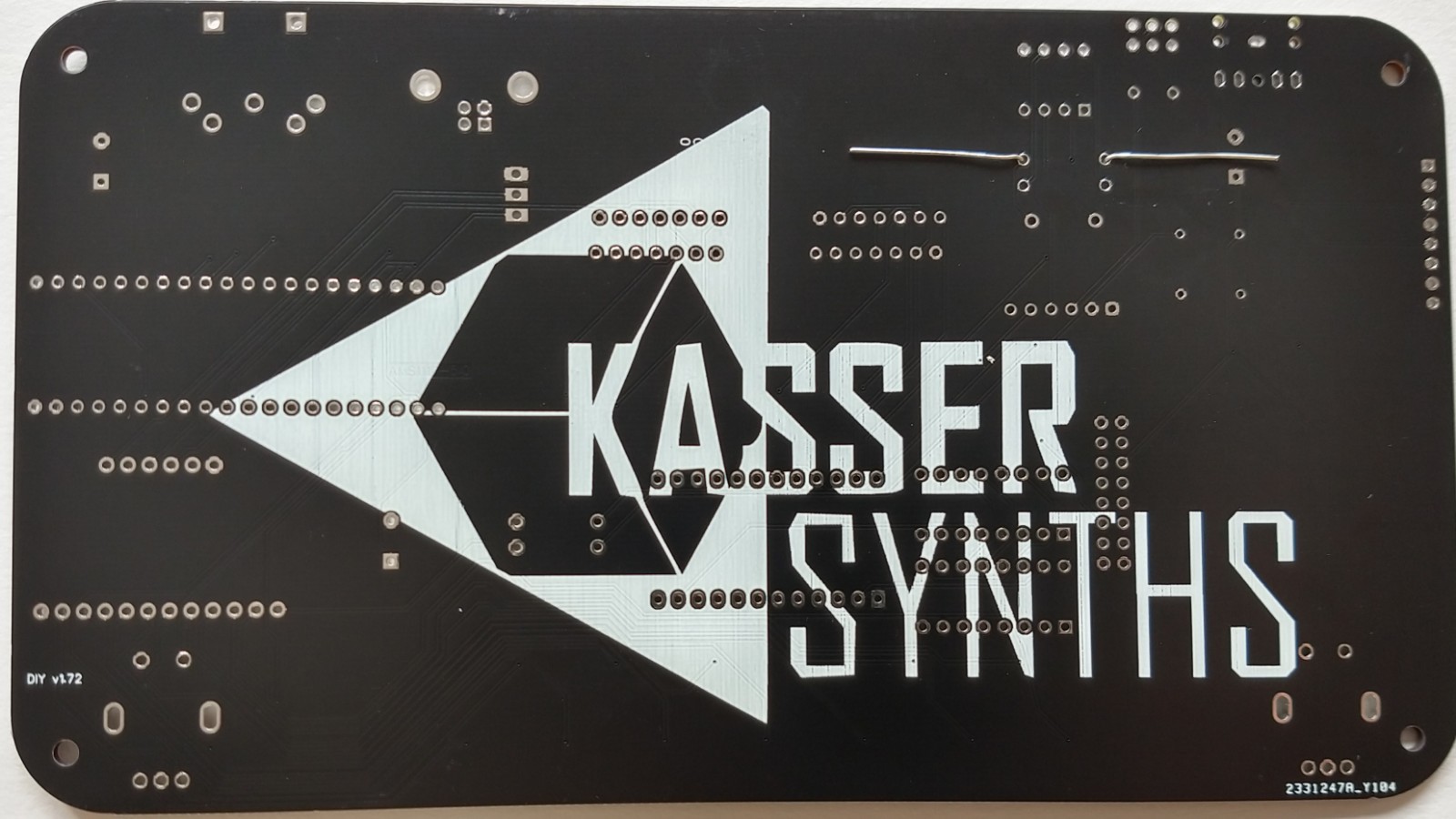
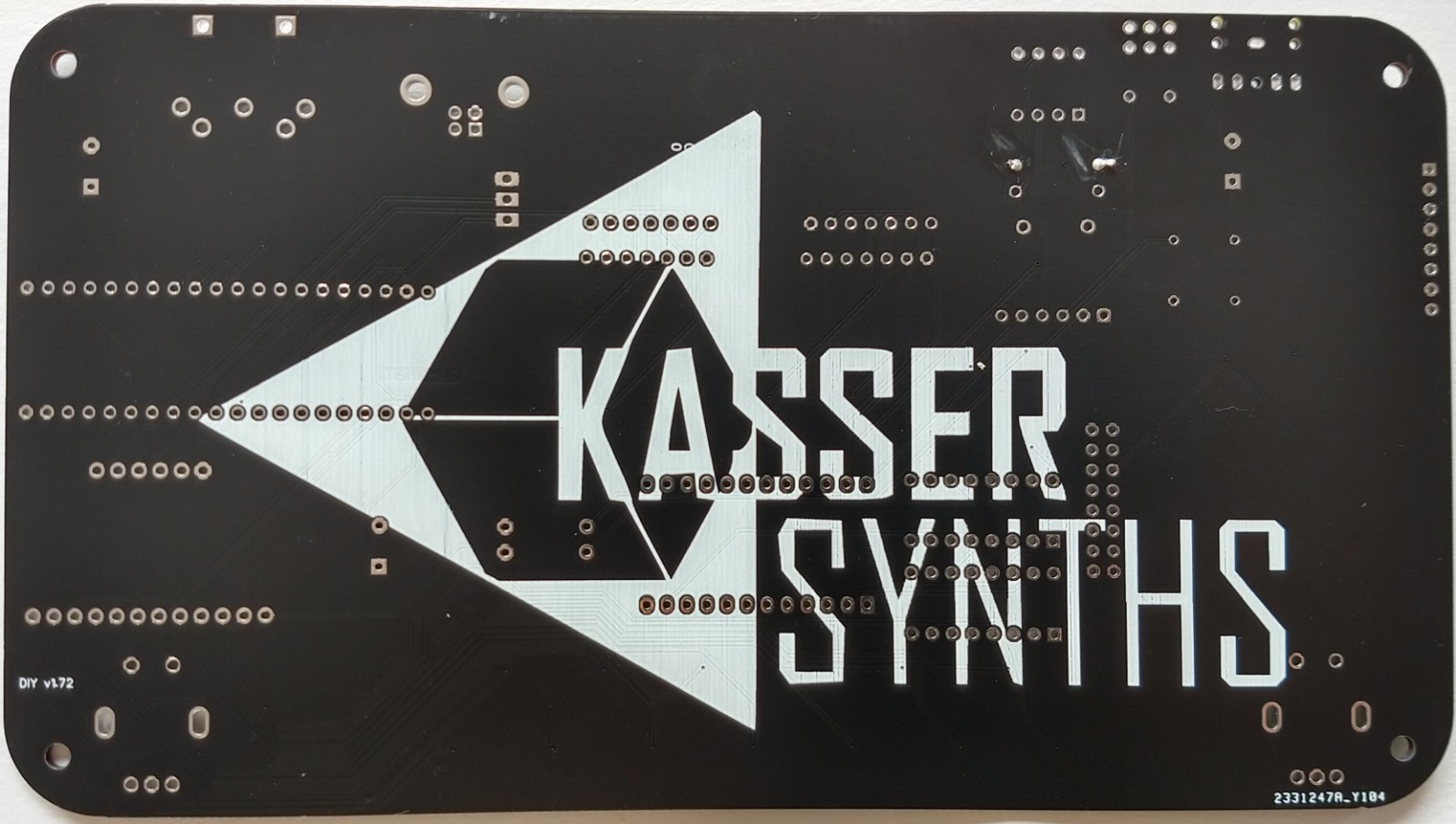
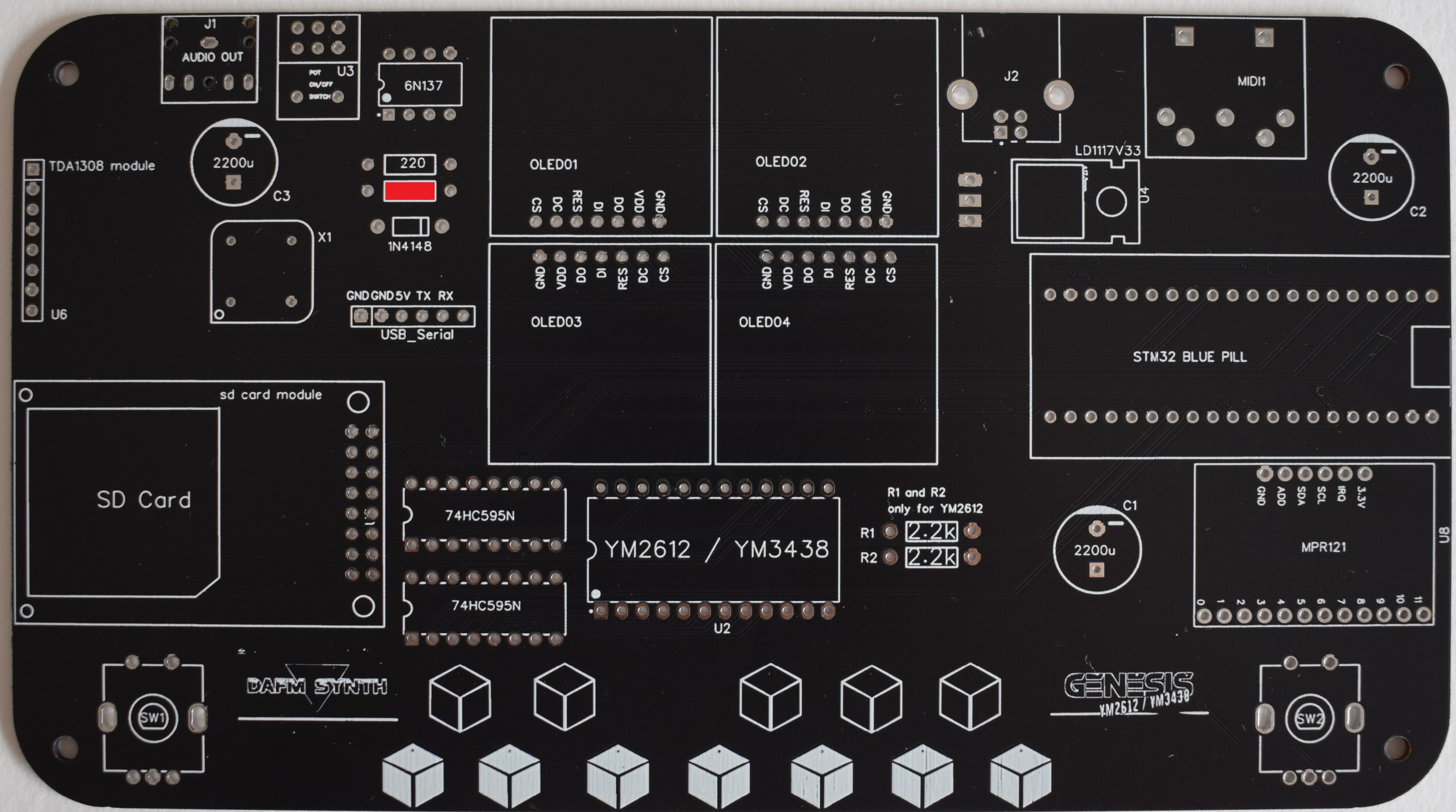
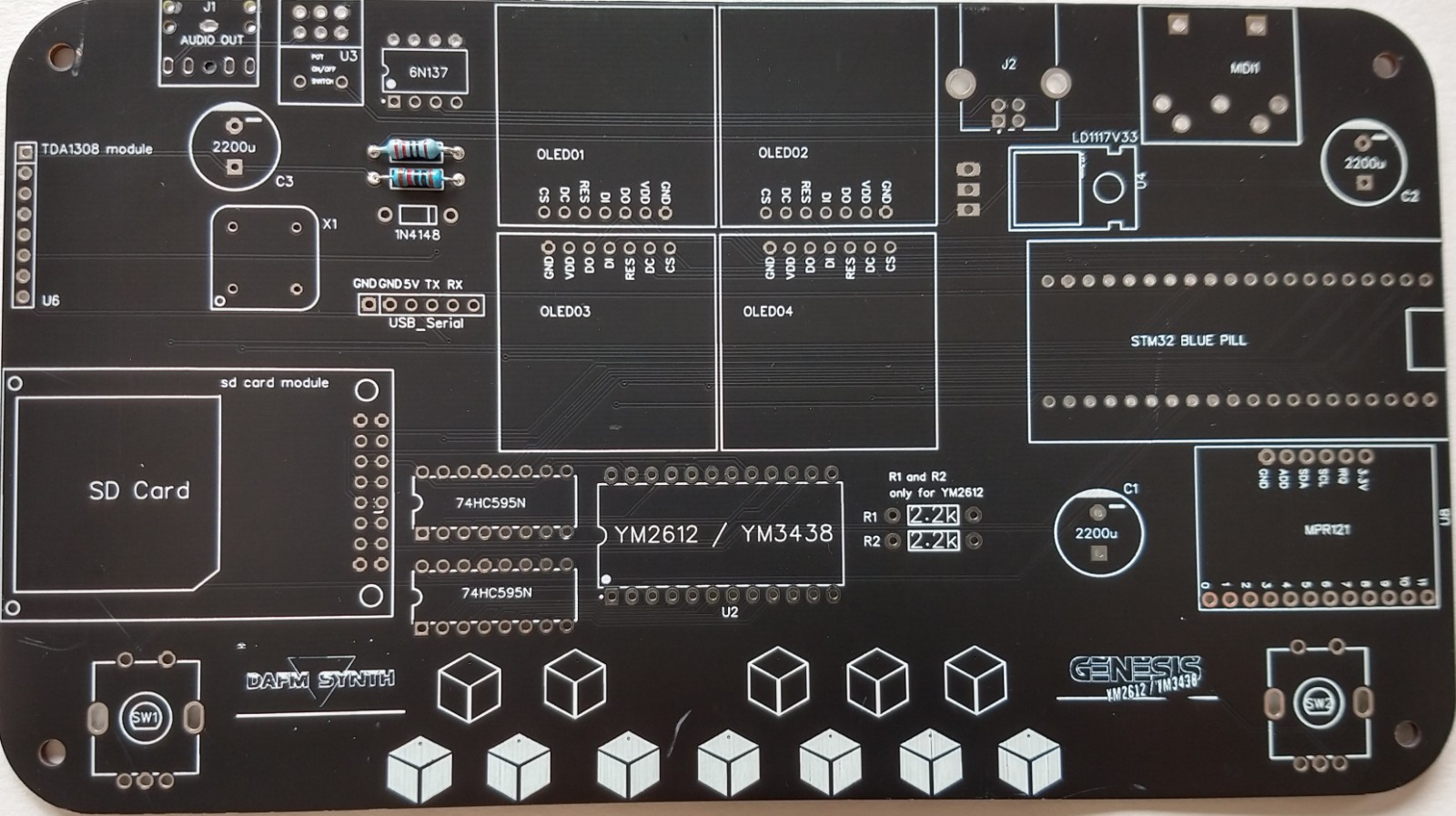




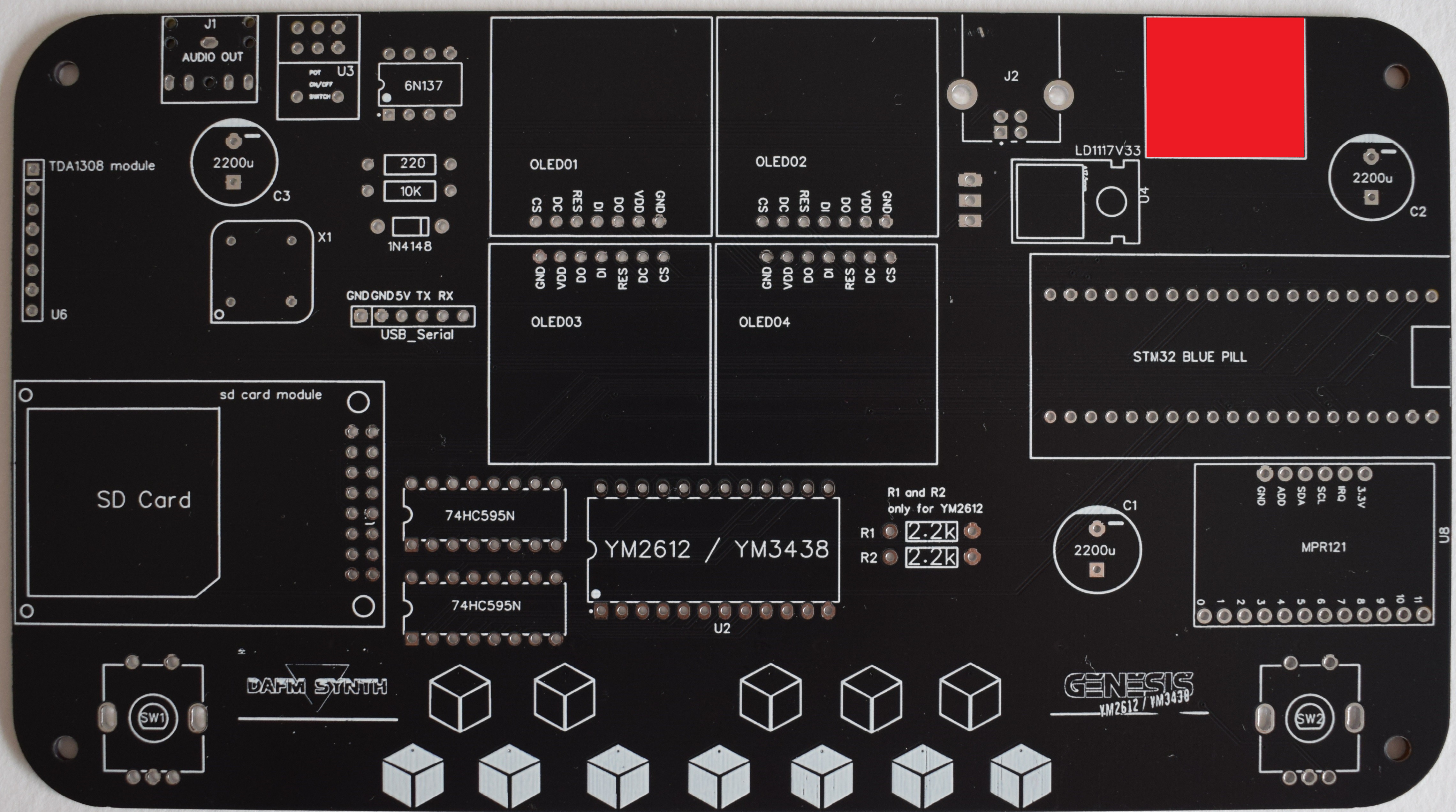
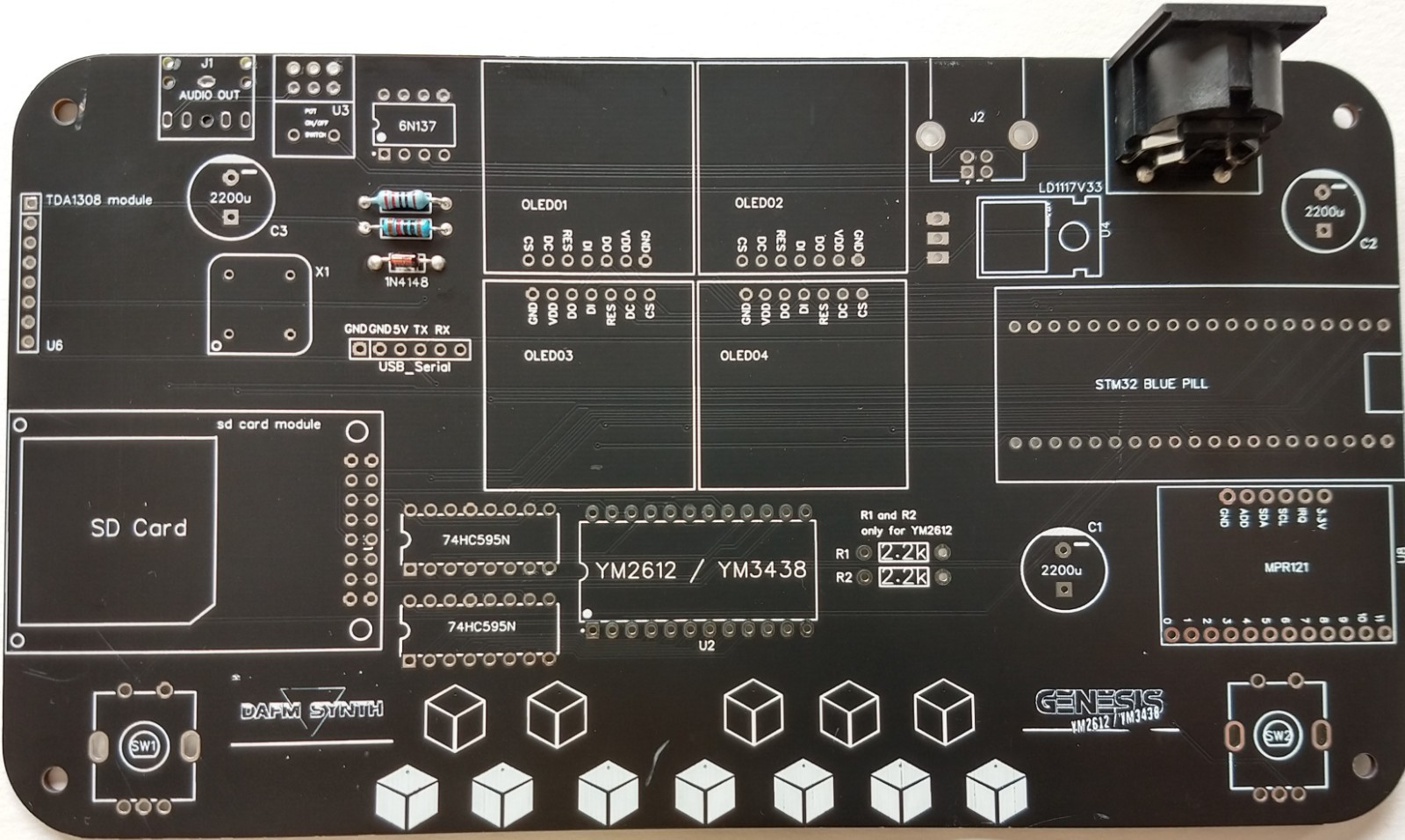

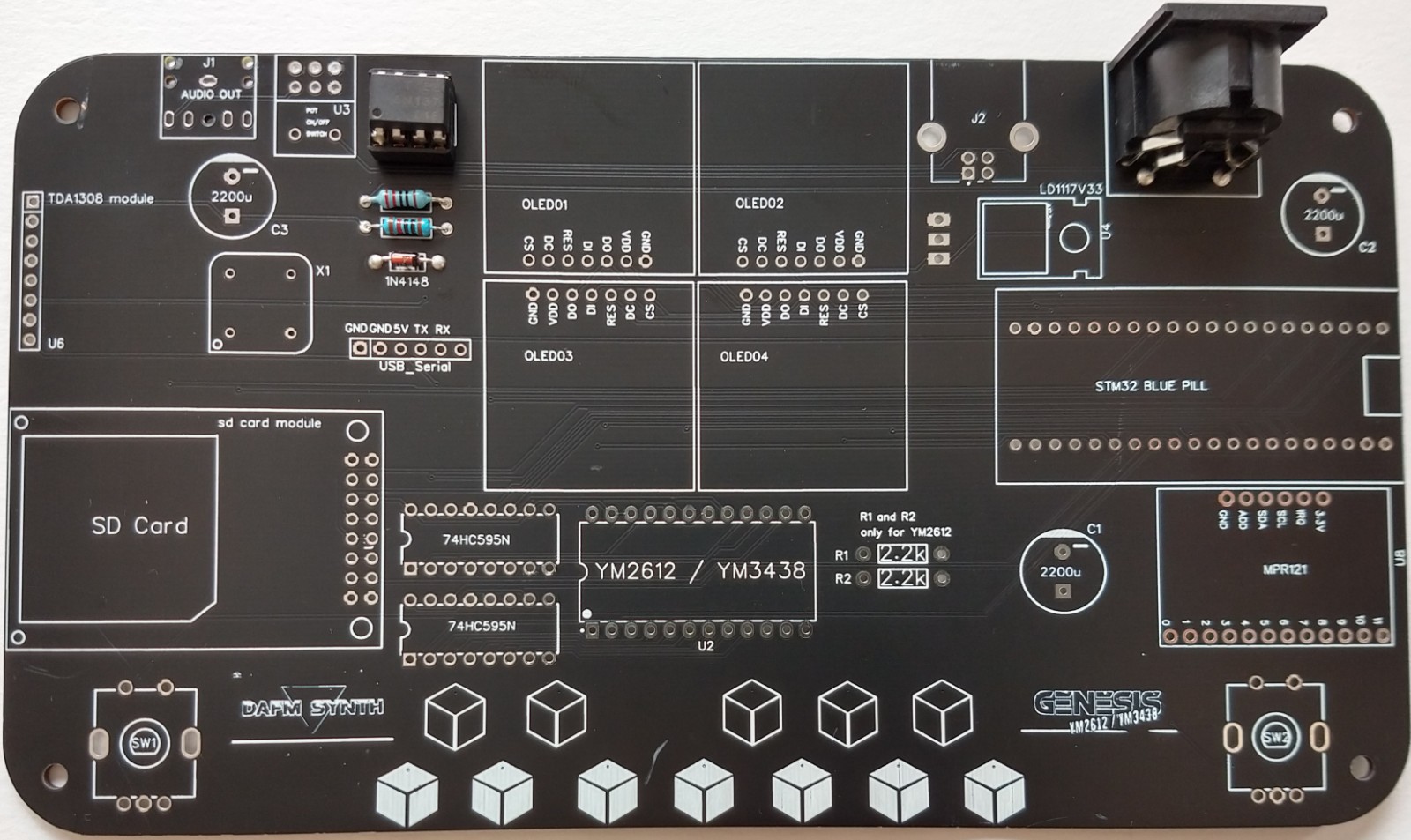
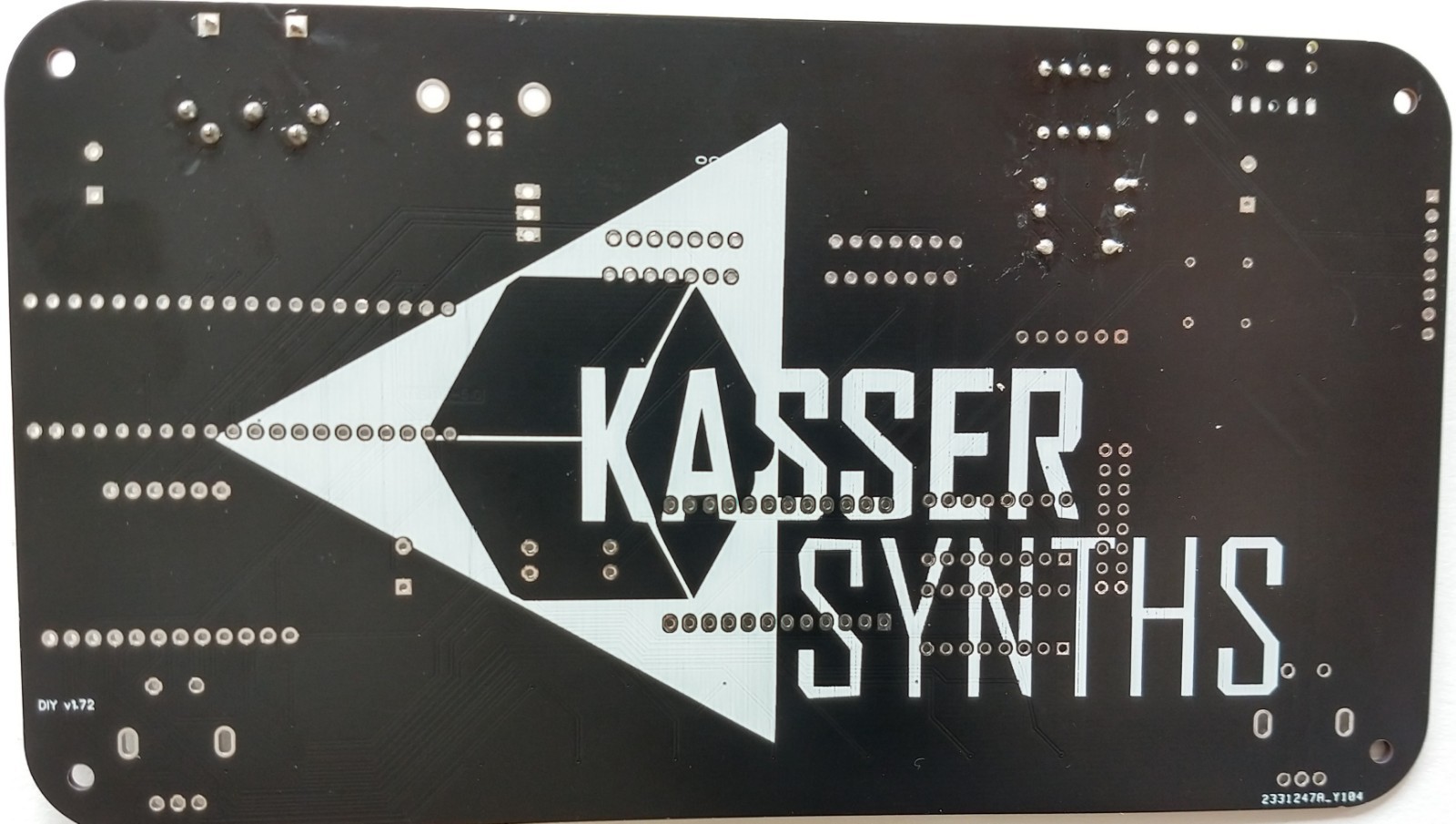

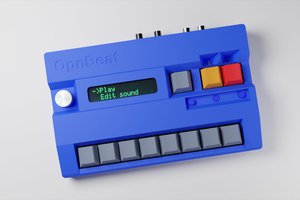
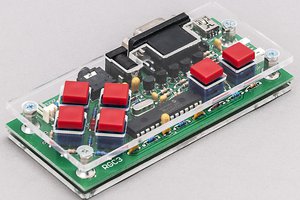
 Voja Antonic
Voja Antonic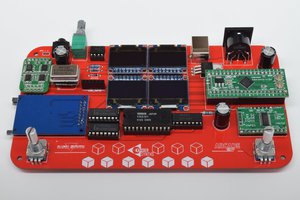
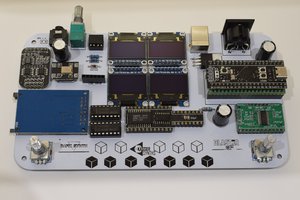
Black version looks good, what's the eta on Tindie stock?